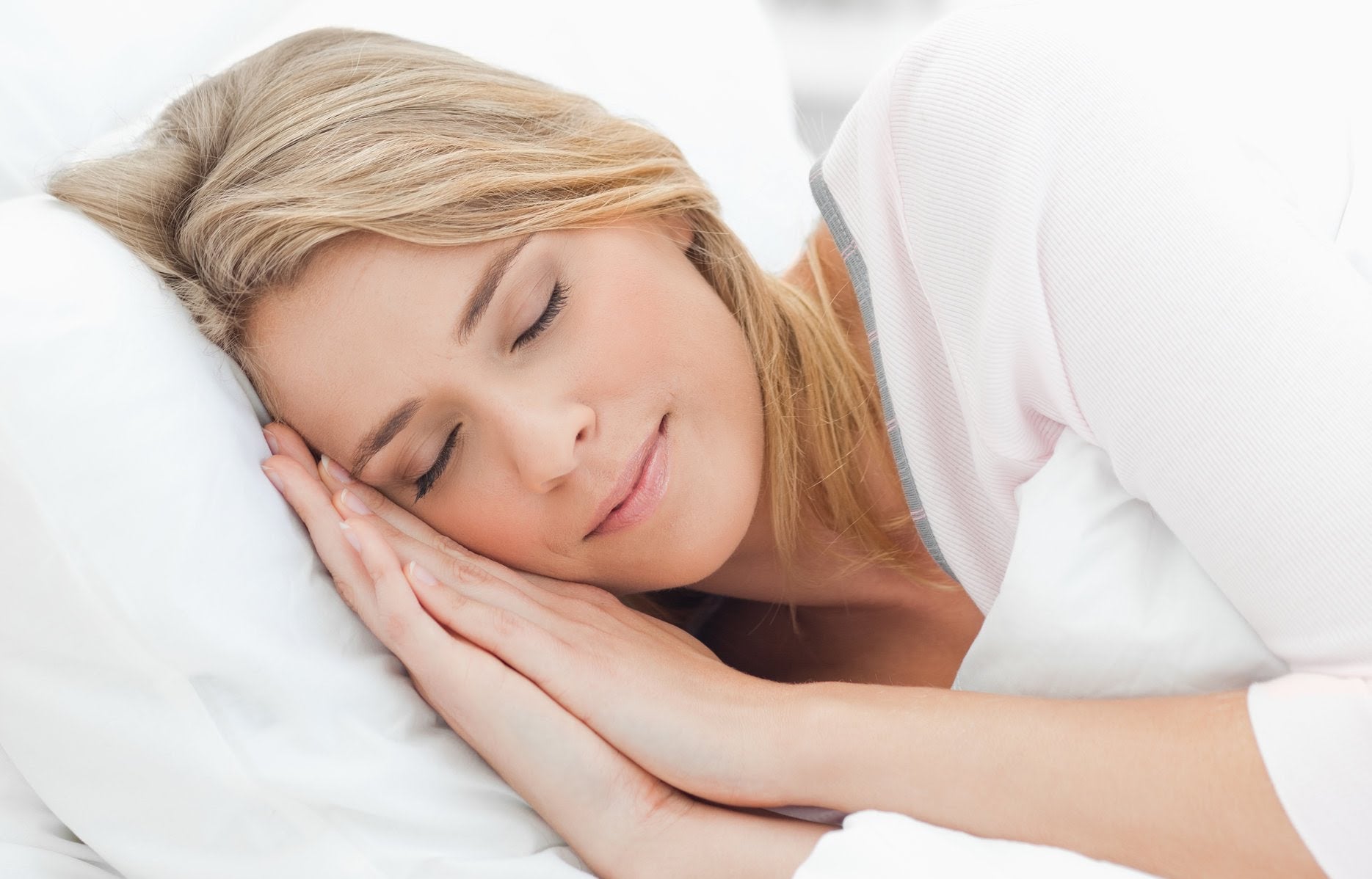
Top tips for a better night-time skincare routine
From a skin health and beauty point of view, the seven or eight hours you spend asleep can be put to very good use. We’ve captured some great ideas for getting your skin ready for bed, so that skin repair and renewal gets all the assistance it needs.
Double-cleanse
Double cleansing in the evening washes the day away. It removes makeup, sebum, sweat, dirt particles from air pollution and dead skin cells. But you need to take care, or you’ll strip your skin too clean and upset its pH level.
Use two different types of cleanser - a foaming cleanser and an oil-based cleanser. It doesn’t really matter what order you use them, however if you have dry skin it’s best to use the oil-based cleanser last. Your foaming cleanser needs to be free of sodium lauryl sulphate (SLS), which is often included in wash-off cleansers as a foaming agent. SLS has a drying effect and it moves skin pH too far along the alkaline end of the pH scale. Finish your night-time cleansing ritual with toner, to bring the pH level back to optimum. Have you ever tried a mist toner? It’s a refreshing way to get your skin ready for night cream.
Tip: See our article: The Benefits of Double Cleansing
Feed your skin
After double-cleansing, tone your skin and apply a night cream. The job of night cream or night moisturiser is to help your skin to do its housekeeping. At night, levels of the stress hormone cortisol fall during sleep, which helps your body repair damage caused during the day. You can support the skin repair and renewal process by applying a night cream that’s rich in nutrients.
To use night cream correctly, dab it onto your face then massage it in with circular movements. Don’t apply night cream to your eye lids, but you can apply it to the lower part of your eye socket. Okana’s Berry Blend Intense Repair Night Moisturiser, which is 100% natural and fragrance free, contains mixed berry juice to neutralise free radicals, macadamia oil to balance sebum production and apricot kernel oil to slow the signs of ageing.
Tip: See our article: 4 Natural 'High Performers' to include in your #skincare routine.
Drink camomile tea
Of all the evening drinks you could choose, camomile tea is the best for preparing you for sleep. Camomile tea contains apigenin, an antioxidant that helps to promote sleepiness and prevent insomnia. It’s also good for digestive health and assists with blood sugar control. If you dislike the taste of camomile tea, other options are lemon balm tea, passionflower tea or any of the sleepytime teas on the market.
Read a real book for 30 minutes
It’s fine to watch Netflix (or whatever other streaming channel you’re addicted to) in the evening, but you need a break from the lit screen before you go to sleep. The display screens of smartphones, computers, televisions and many other digital devices emit significant amounts of blue light. Blue light isn’t always a bad thing, but too much of it late at night can disrupt the sleep cycle.
To give yourself an hour that’s free of blue light before bedtime, spend 30 minutes getting ready for bed (beauty routine and some yoga stretches), then read a real book for 30 minutes. Certain brands of e-readers are OK too, if you adjust their lighting right down.
Make a list of things on your mind
If you have a busy brain, clear the decks before you go to sleep by listing all the things you’re thinking about that might require action tomorrow. Getting these things out of your head and onto paper helps you to enter the state of calmness required for a decent night’s sleep.
Practise mindful breathing
Yoga breathing calms your mind, helping you to drift off to sleep easily. There are various techniques for the Ujjayi Pranayama calming breath. The easiest is something called ‘square breathing’. Think of your breath as a 3 x 3 square: you breathe in for three counts, hold for three counts, exhale for three counts, hold for three counts. Repeat the square breath about five times. Another approach is even more controlled. Breathe in for five counts, hold for four counts, breathe out for seven counts; repeat until drowsy. Mindful breathing can also help during the day, if you find yourself feeling anxious.
Change your pillow slip often
Your pillowcase is in direct contact with your skin all night. It absorbs skincare products, sebum, dead skin cells and sweat, especially when the weather’s warm. And (here’s the big one), it absorbs dirt, oil, sweat and products from your hair. If that all sounds a bit gross, then you’ll realise that the idea of changing your pillowslip every two days is a good one. So easy to do! Also, it’s just lovely lying your head down on a fresh pillowslip. Clean linen is one of the nicest smells in the world.
Tip: See our article: How to get “Glass Skin” Naturally – Latest Beauty Trend Skincare Routine




Leave a comment
This site is protected by hCaptcha and the hCaptcha Privacy Policy and Terms of Service apply.